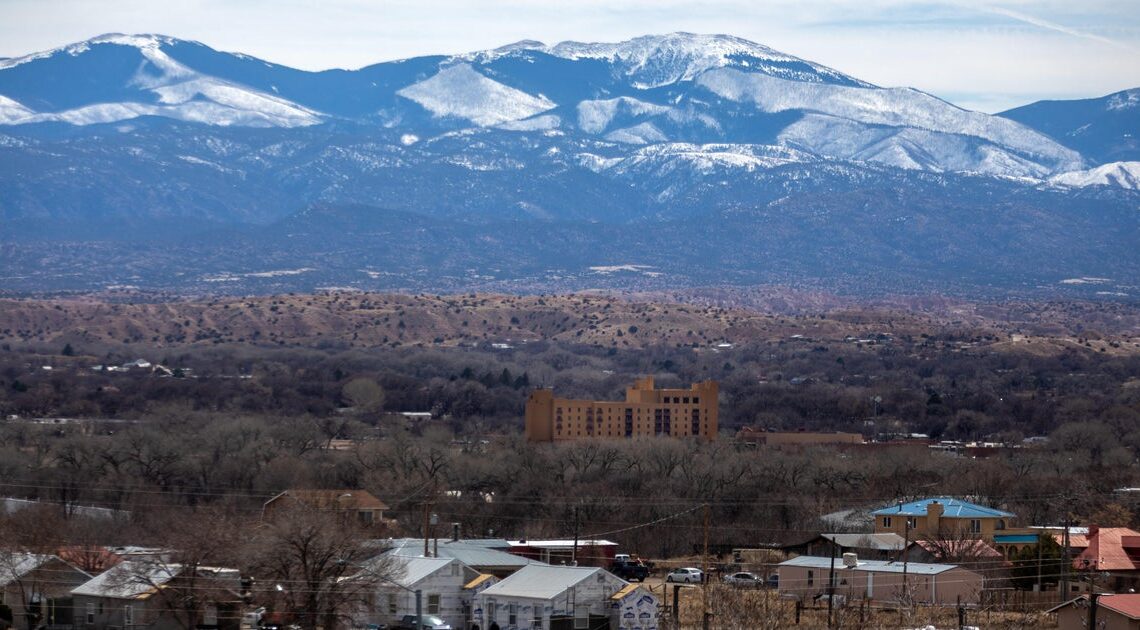
New Mexico governor declares state of emergency in Española area due to crime
13. August 2025
New Mexico Gov. Lujan Grisham has declared a state of emergency in the city of Española and nearby areas in response to what she calls “a significant surge” in violent crime and drug trafficking.
The governor’s order, which also covers the area of Rio Arriba County, Santa Clara and Ohkay Owingeh, authorizes $750,000 in emergency funding for the Department of Homeland Security and Emergency Management to provide resources to those community, Grisham said in a news release on Wednesday.
Grisham cited police calls in Española and surrounding areas having more than doubled in the past two years, with police dispatches to businesses also quadrupling.
This is the second time this year Grisham has declared a state of emergency over crime in the state. In April, Grisham declared a state of emergency in Albuquerque, authorizing the deployment of about 70 New Mexico National Guard members to New Mexico’s largest city.
“When our local leaders called for help to protect their communities, we responded immediately with decisive action,” the Democratic governor said. “We are making every resource available to support our local partners on the ground and restore public safety and stability to these areas that have been hardest hit by this crisis.”
Rio Arriba County has the highest overdose death rate in the state, the governor said. It is just north of Santa Fe County and east of Taos County, and is also home to Abiquiu, most famous for being the home of Georgia O’Keeffe.
Española, a small city with just over 10,500 residents, is known for its lowrider culture. Amid high rates of poverty, crime and drug use, those in the lowrider community have been working towards positive change, “60 Minutes” previously reported.
In 2023, Fentanyl was involved in 65% of statewide overdose deaths, according to the state’s health department. Santa Fe and Rio Arriba Counties were among the places where overdose death rates were higher than the statewide age-adjusted rate.
However, the statewide overdose death numbers have declined 8% since 2021, when they peaked, the New Mexico Department of Health said earlier this year.
contributed to this report.